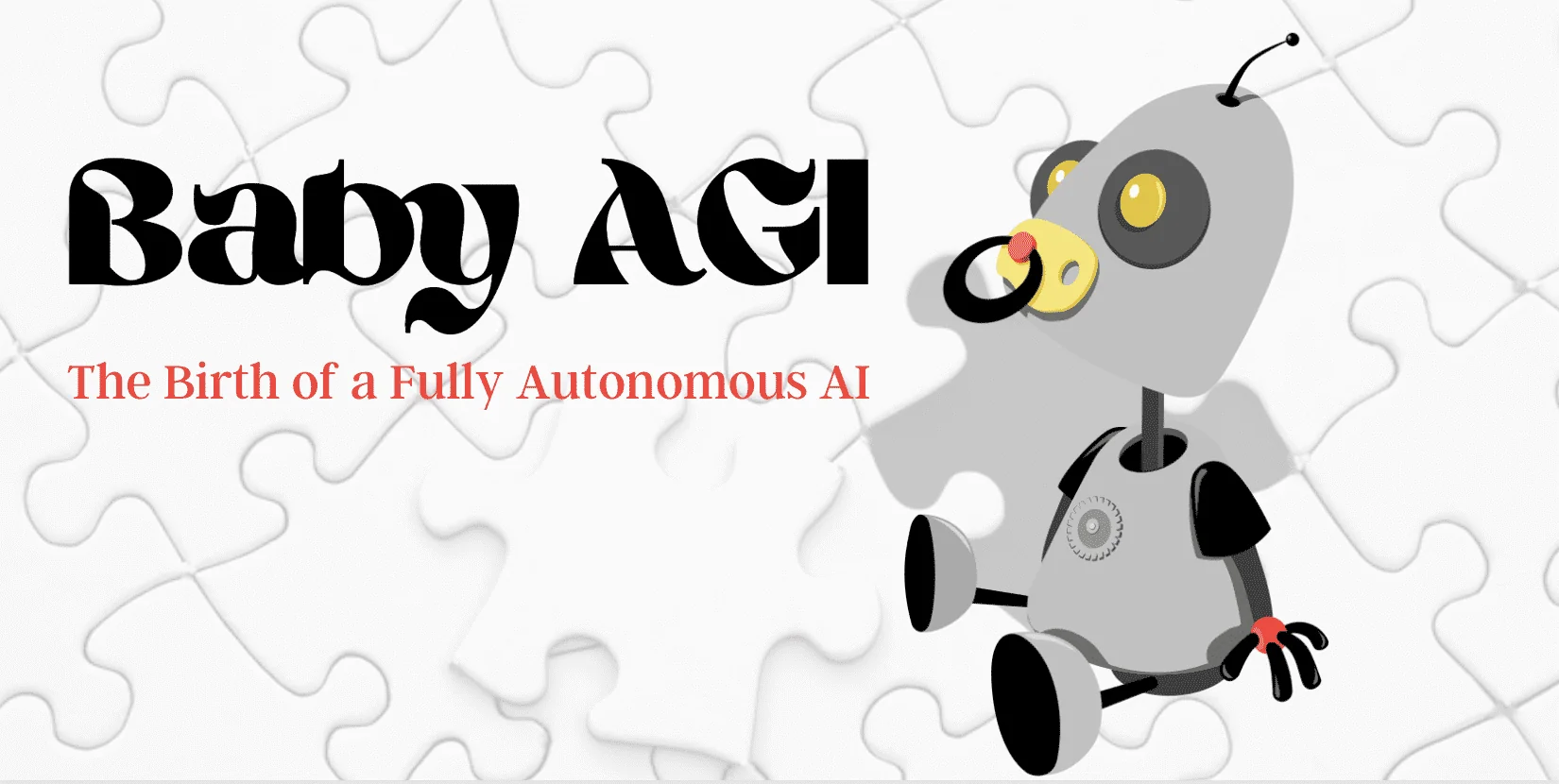Description
🖼️ Tool Name:
BabyAGI
🔖 Tool Category:
Autonomous AI agent framework; it falls under the category of “Forecasting & Applied ML / Task Automation” tools that enable an AI to generate, prioritise and execute tasks toward a defined objective.
✏️ What does this tool offer?
BabyAGI is an open-source tool (initially a Python script) that uses large language models (LLMs) to autonomously create and manage task workflows toward a user-defined goal.
Key features include:
You specify an objective; the system generates the first task, executes it, then automatically generates new tasks based on the result.
A loop of Task Execution → Result Enrichment → Task Creation → Prioritisation (often with a vector-database (e.g., Pinecone) for context retrieval).
Some implementations provide a minimal UI/dashboard, function-packs, and logs for managing tasks and dependencies.
⭐ What does the tool actually deliver based on user experience?
• Enables users (especially developers, hobbyists, researchers) to experiment with autonomous agent workflows: e.g., generating new tasks automatically, executing subtasks.
• Helps with automation of brainstorming, content creation workflows, research workflows, and prototype agent design.
• Because it’s open-source and minimalist, it is often used as a learning playground rather than a production-grade enterprise solution.
🤖 Does it include automation?
Yes — automation is core to BabyAGI:
• Automatically generating new tasks based on previous results.
• Re-prioritising the task list based on the overarching objective and new information.
• Using vector-databases to store results and context so future tasks can incorporate previous outputs with minimal human oversight.
💰 Pricing Model:
Since BabyAGI is open-source, the core framework is free to use (requires access to LLM APIs like OpenAI which may cost tokens).
🆓 Free Plan Details:
• The code is freely available (e.g., on GitHub).
• Users still need to supply their own API keys (OpenAI, vector DB) and bear those costs themselves.
💳 Paid Plan Details:
• There is no standard paid tier of BabyAGI itself — costs come from underlying APIs, compute and any production-level hosting/enhancements.
🧭 Access Method:
• The core repository (e.g., on GitHub) can be cloned and run locally.
• Some community UIs/dashboard wrappers exist for easier use.
• Requires Python environment, LLM API key, and optionally a vector DB (e.g., Pinecone).
🔗 Experience Link:
